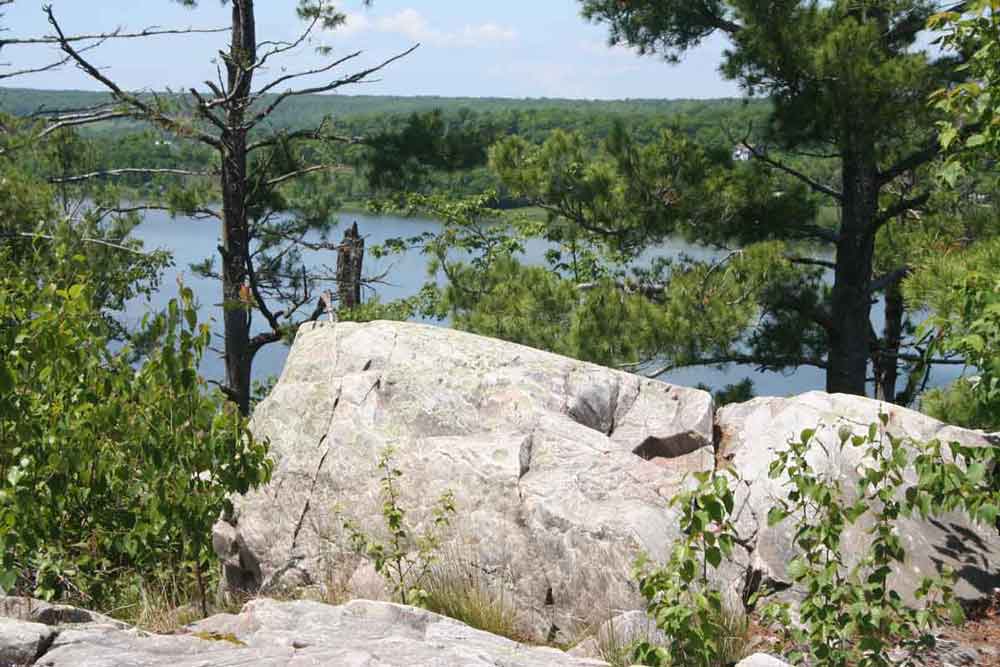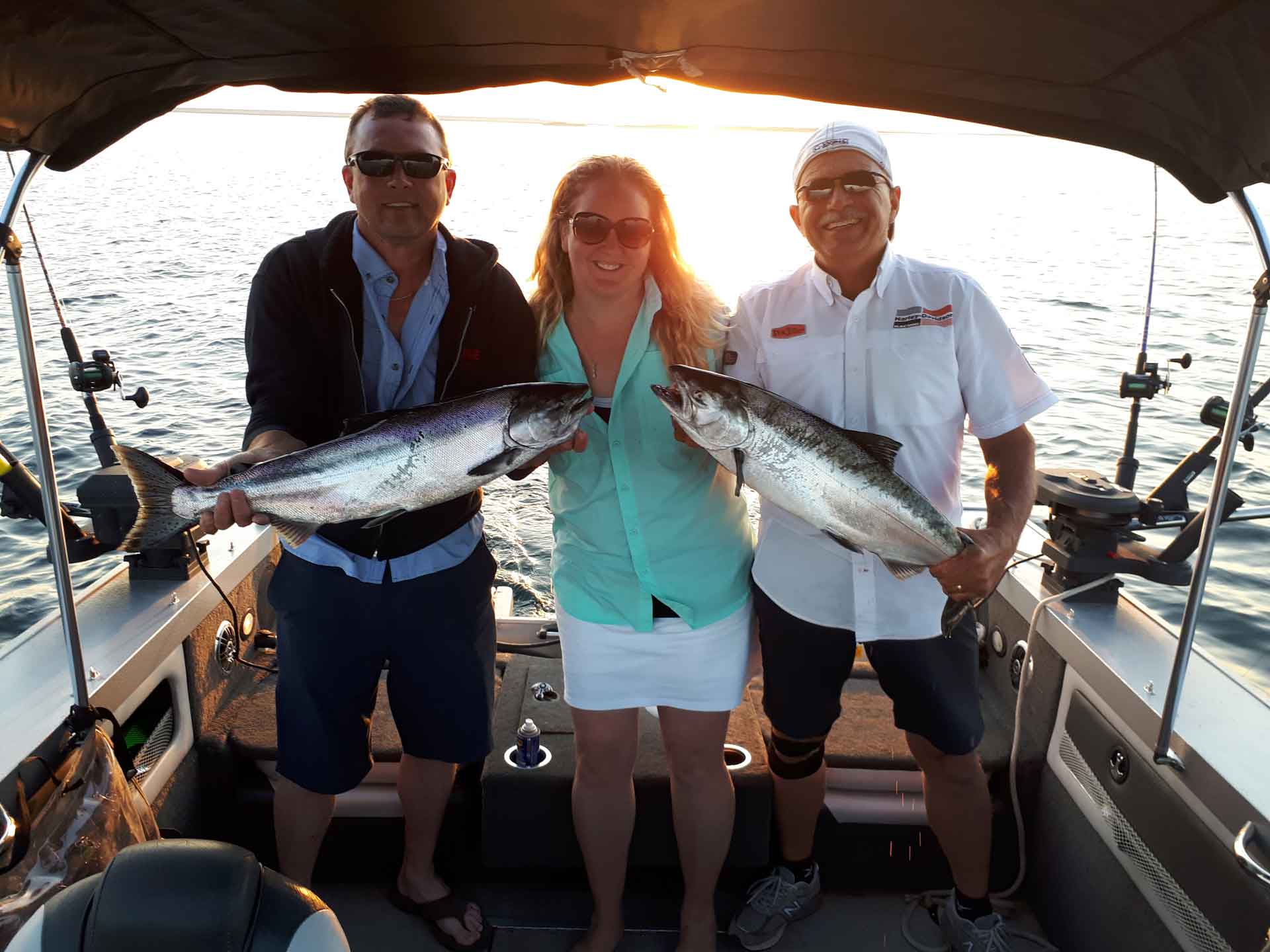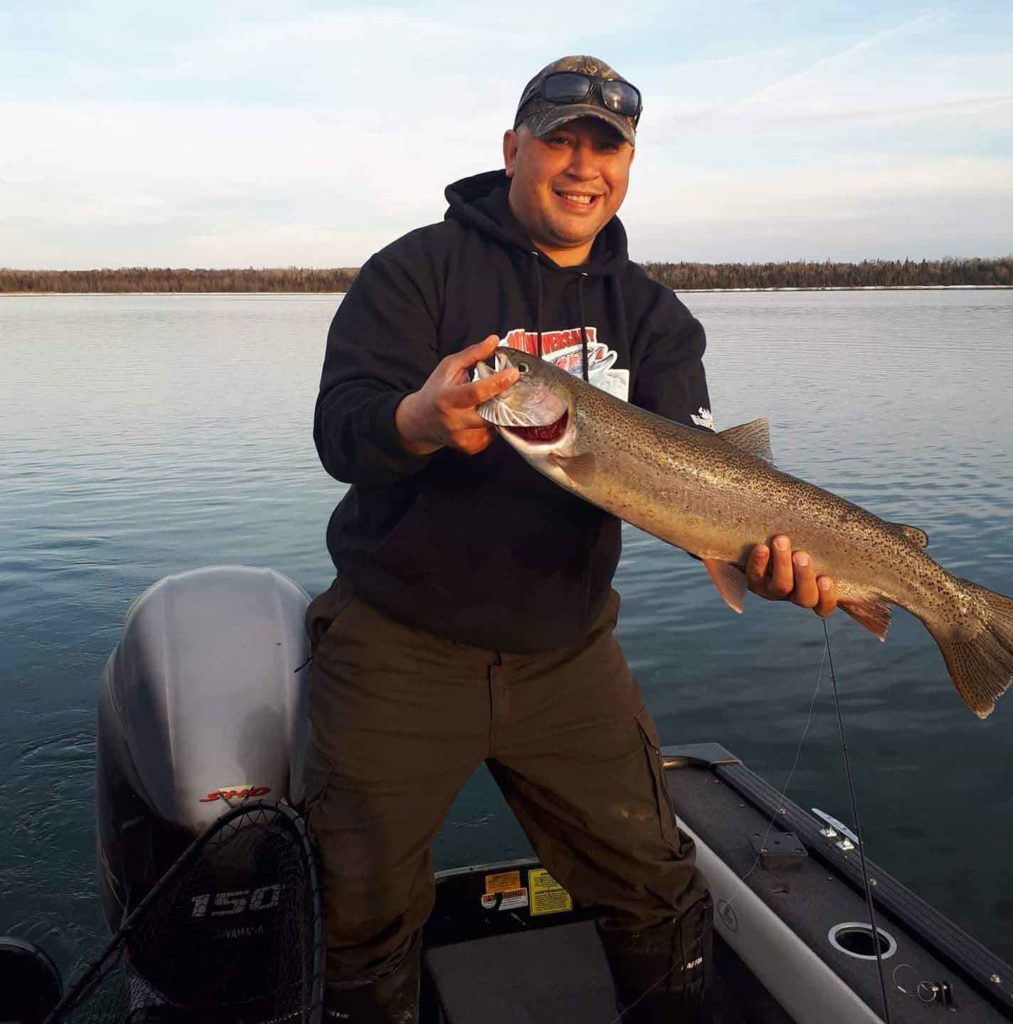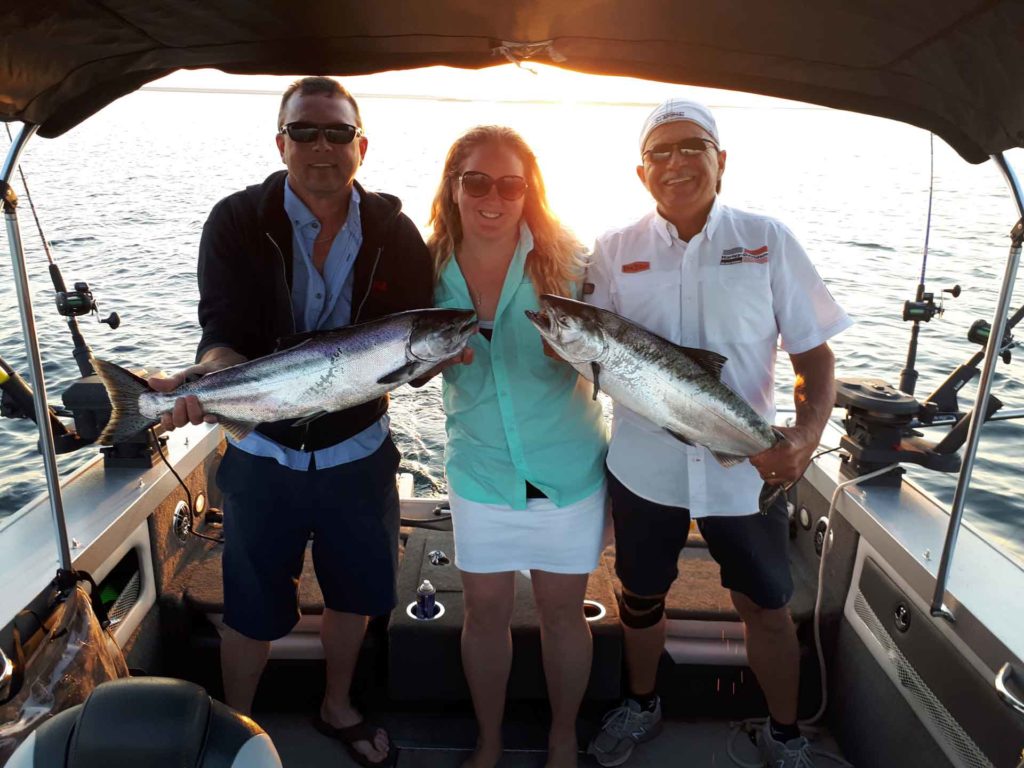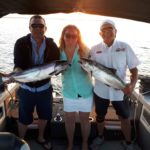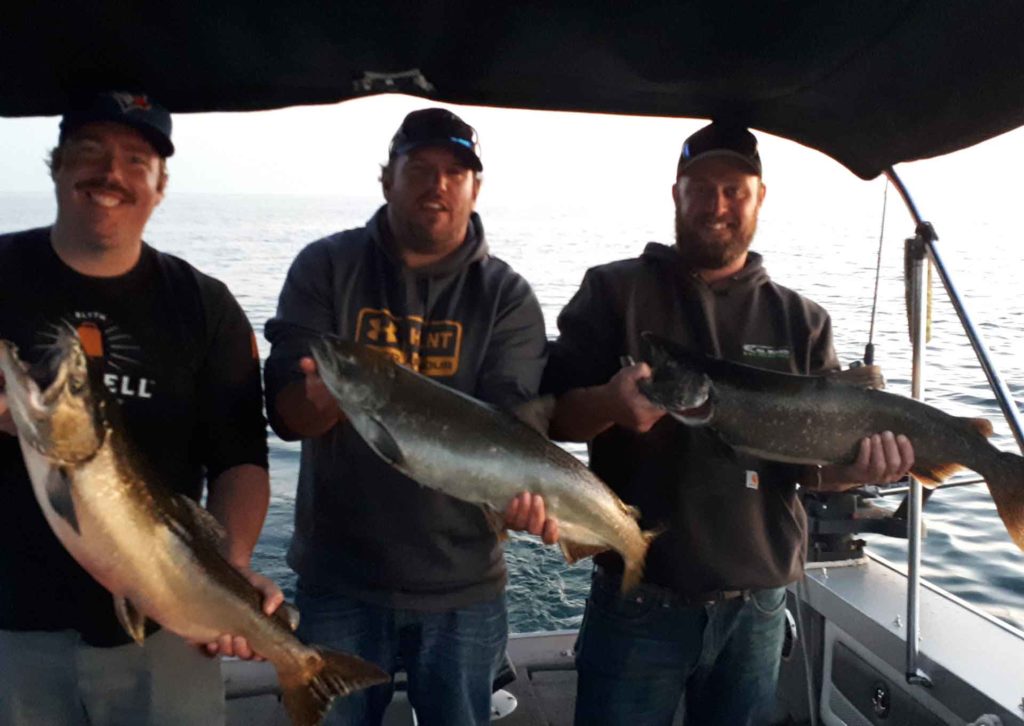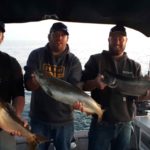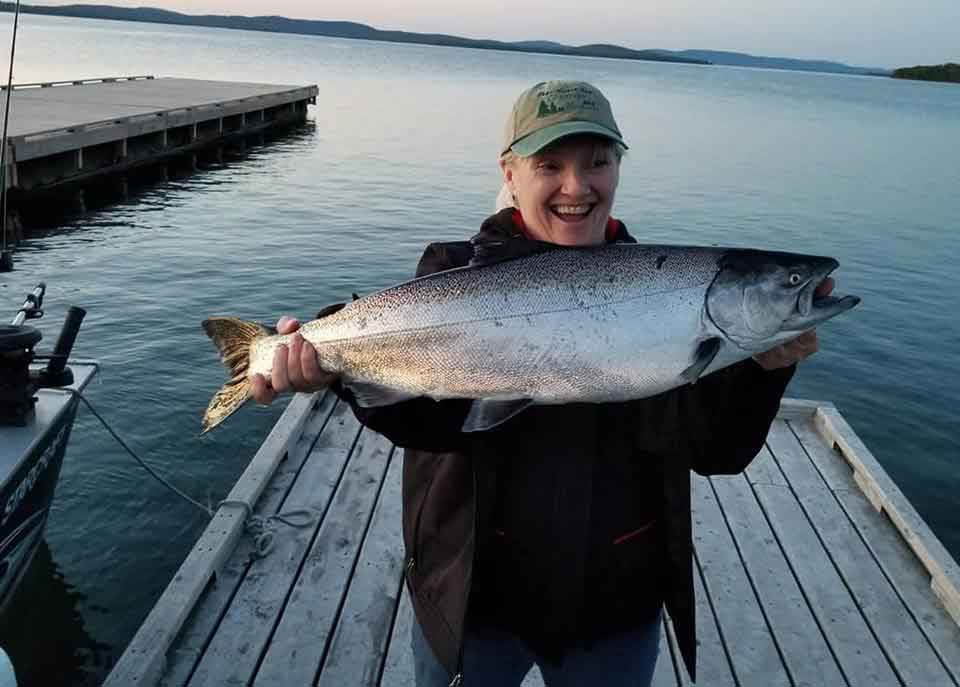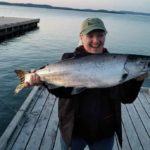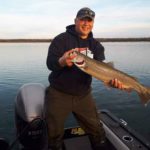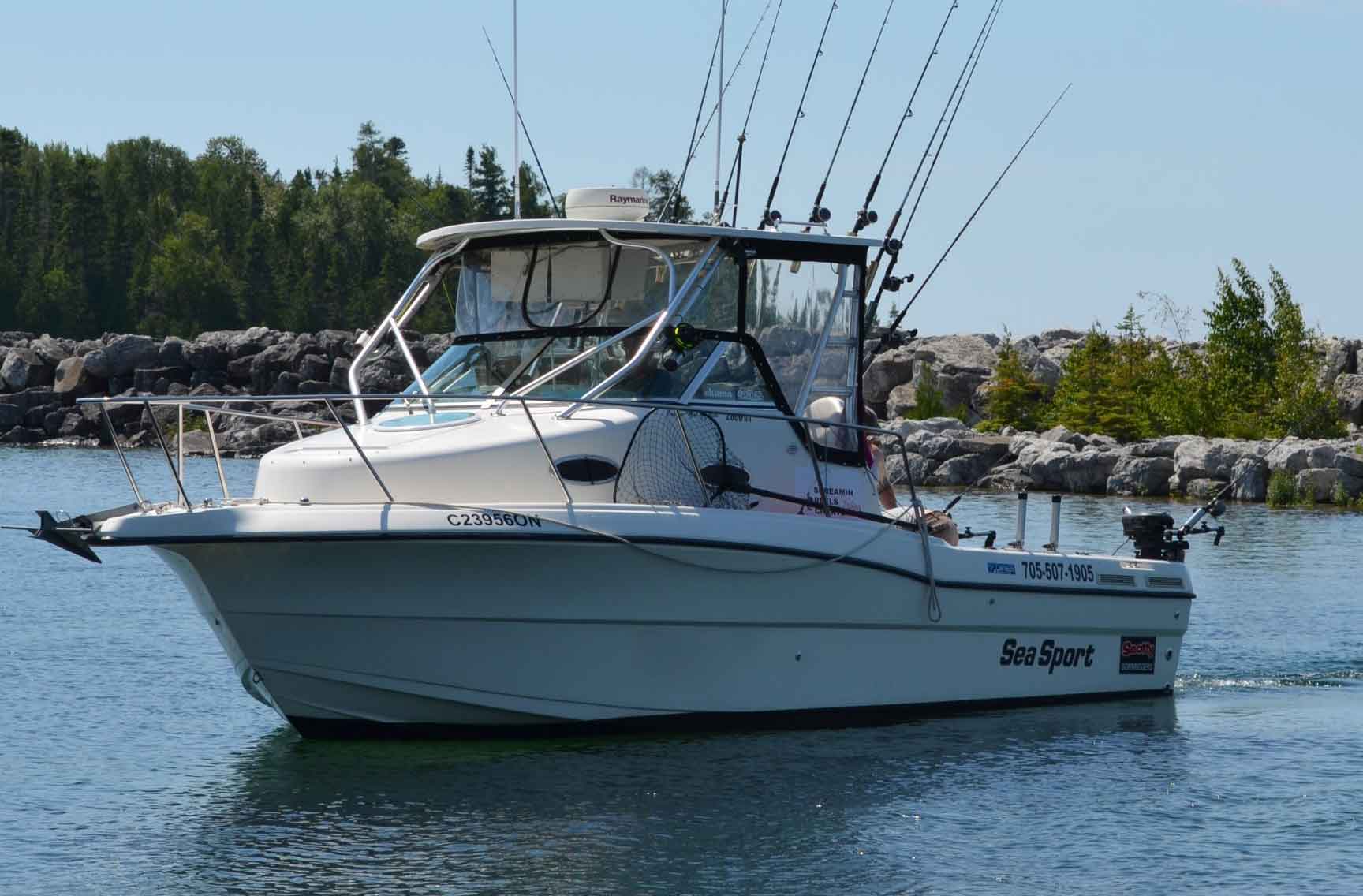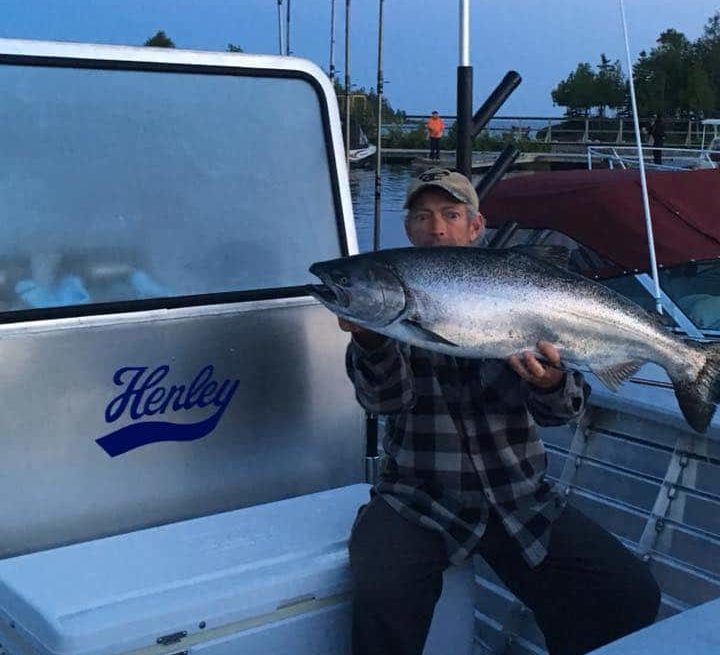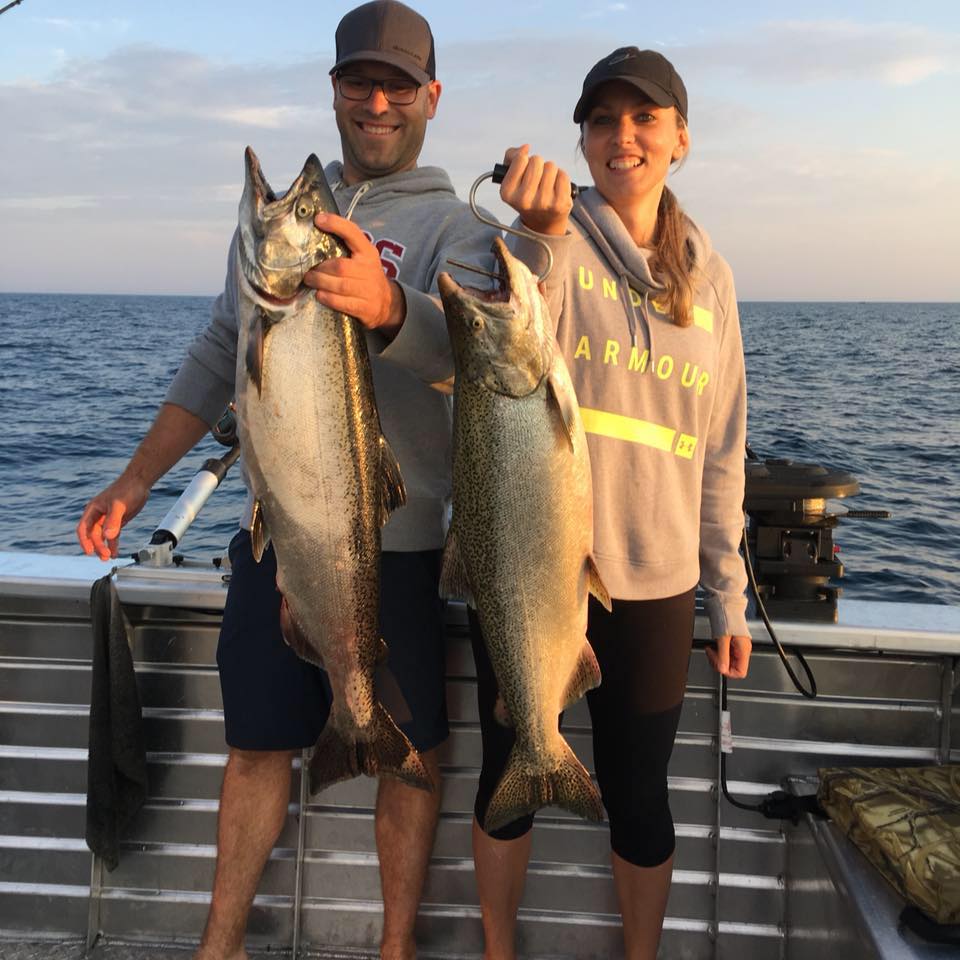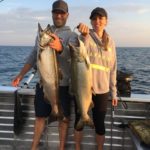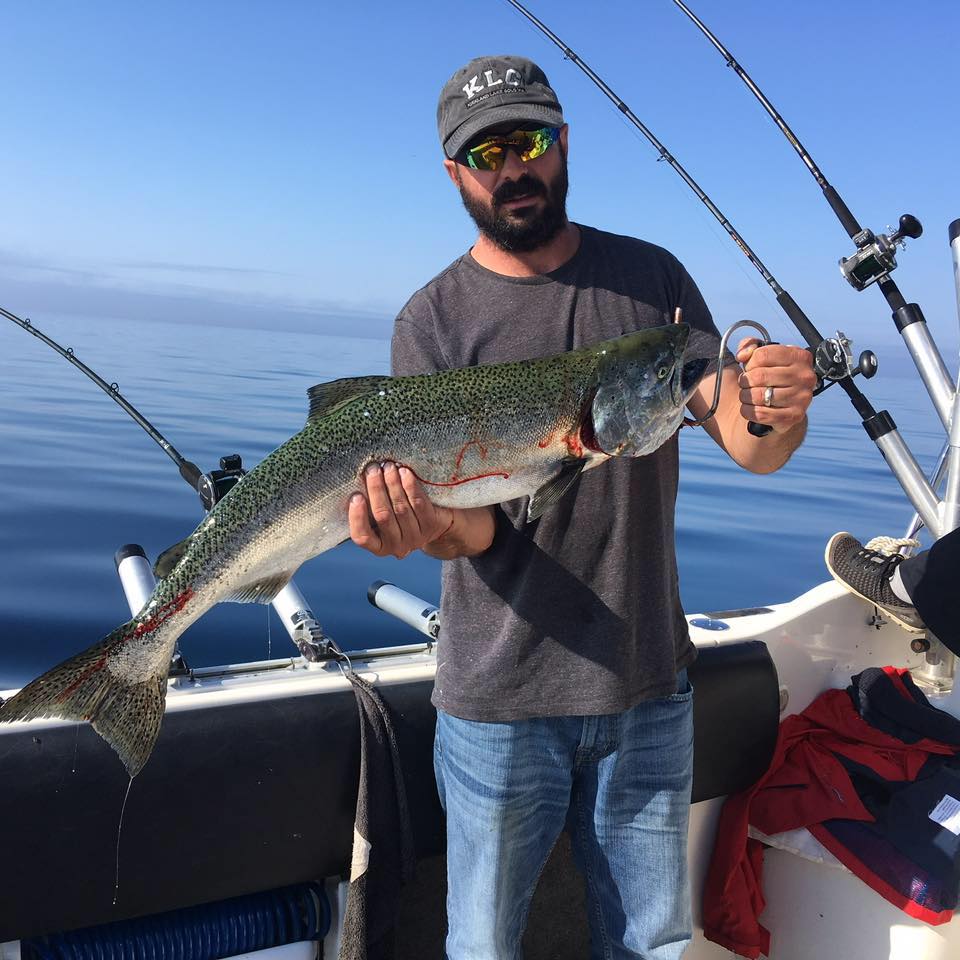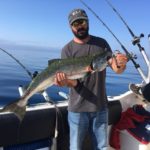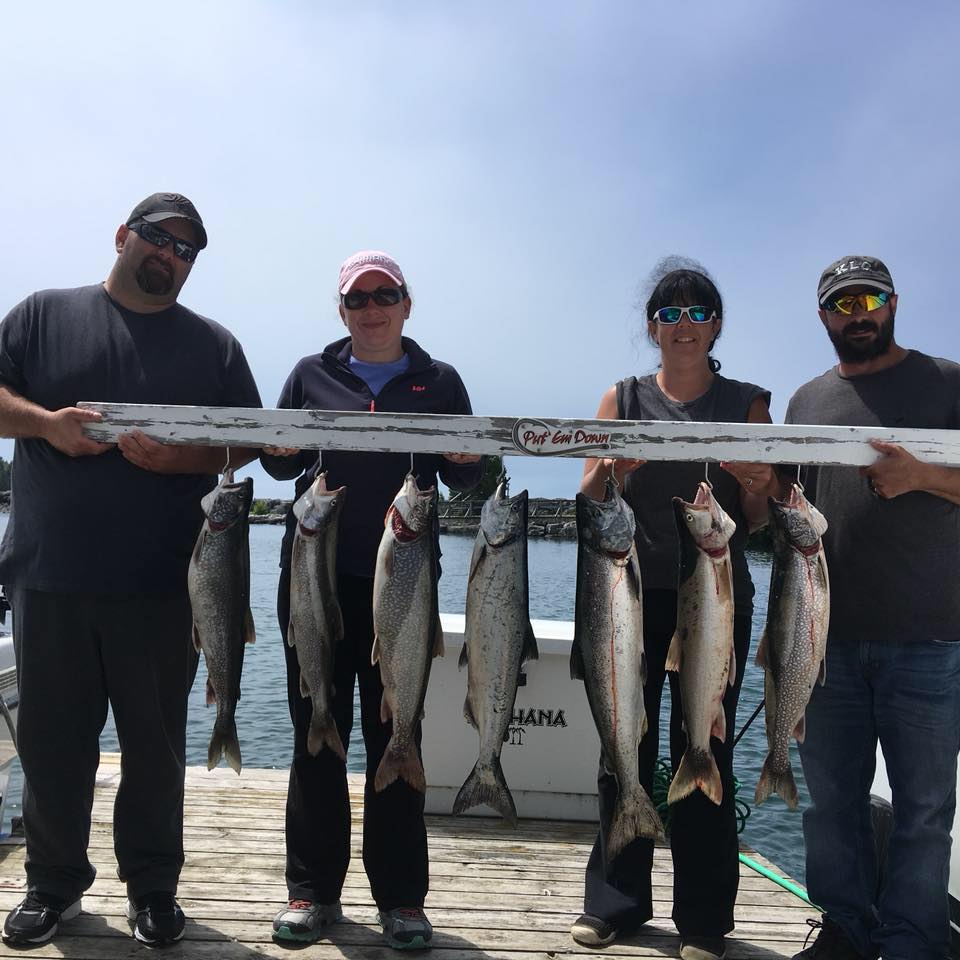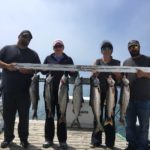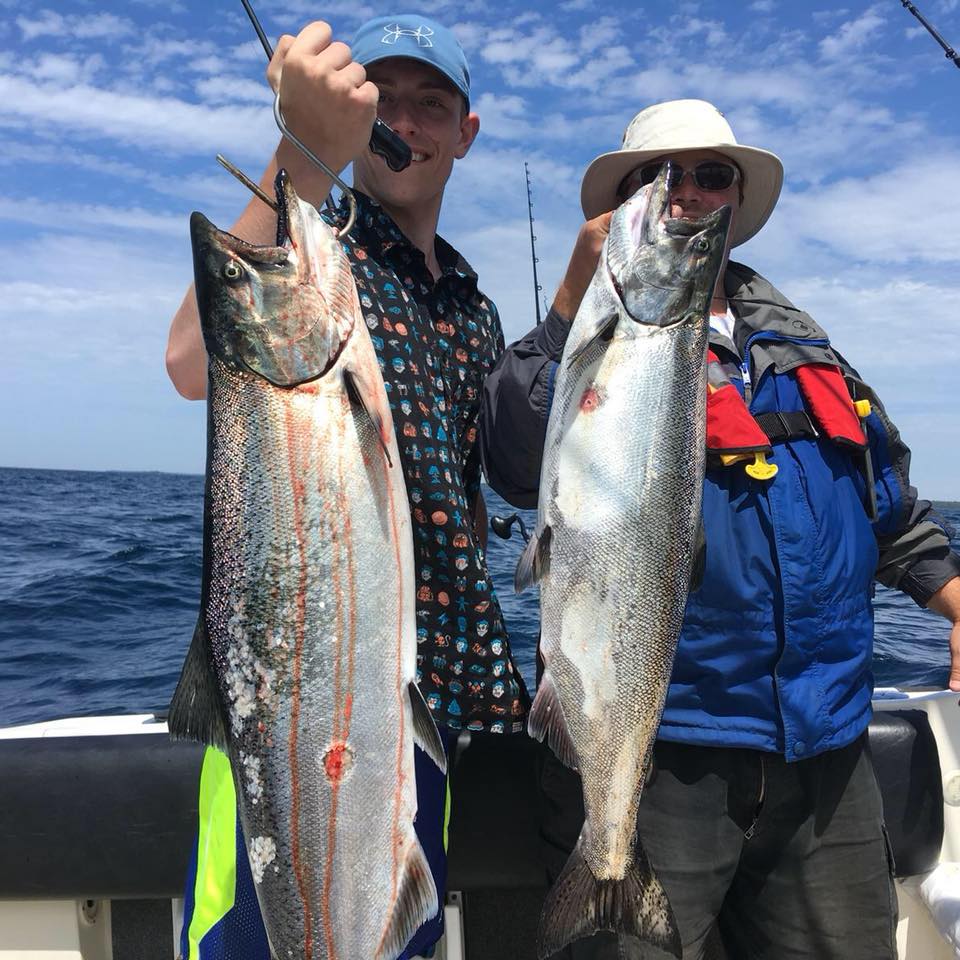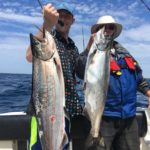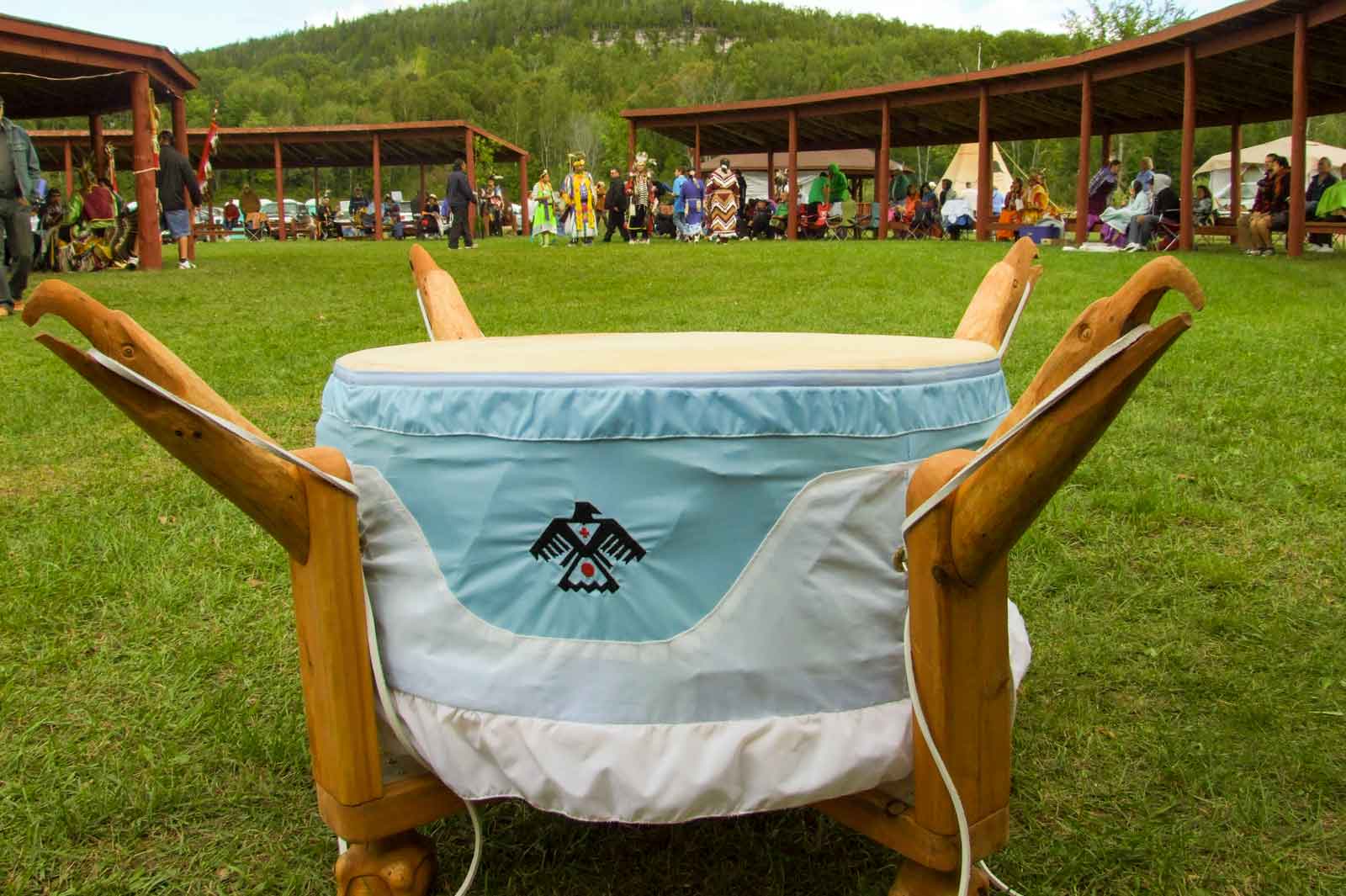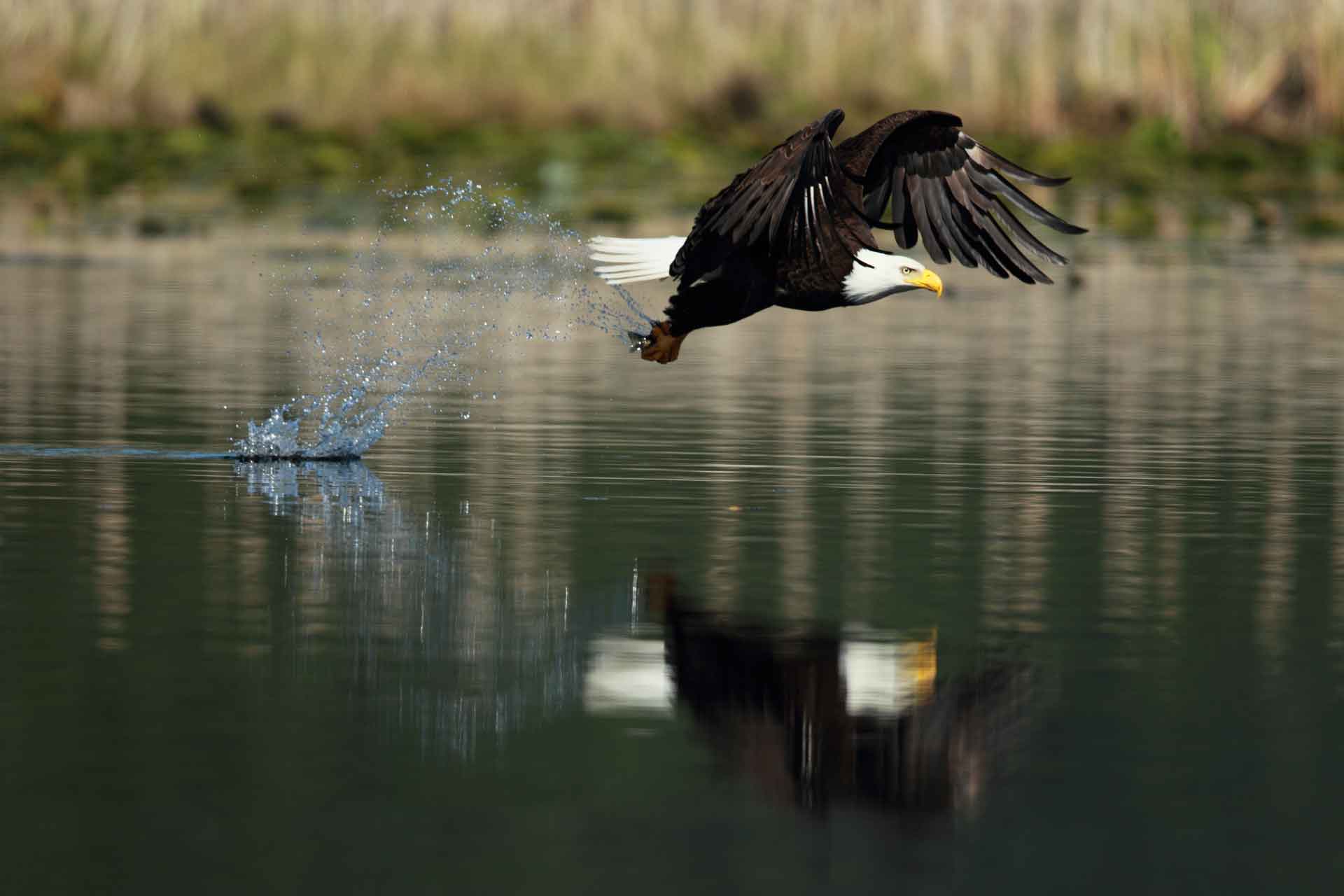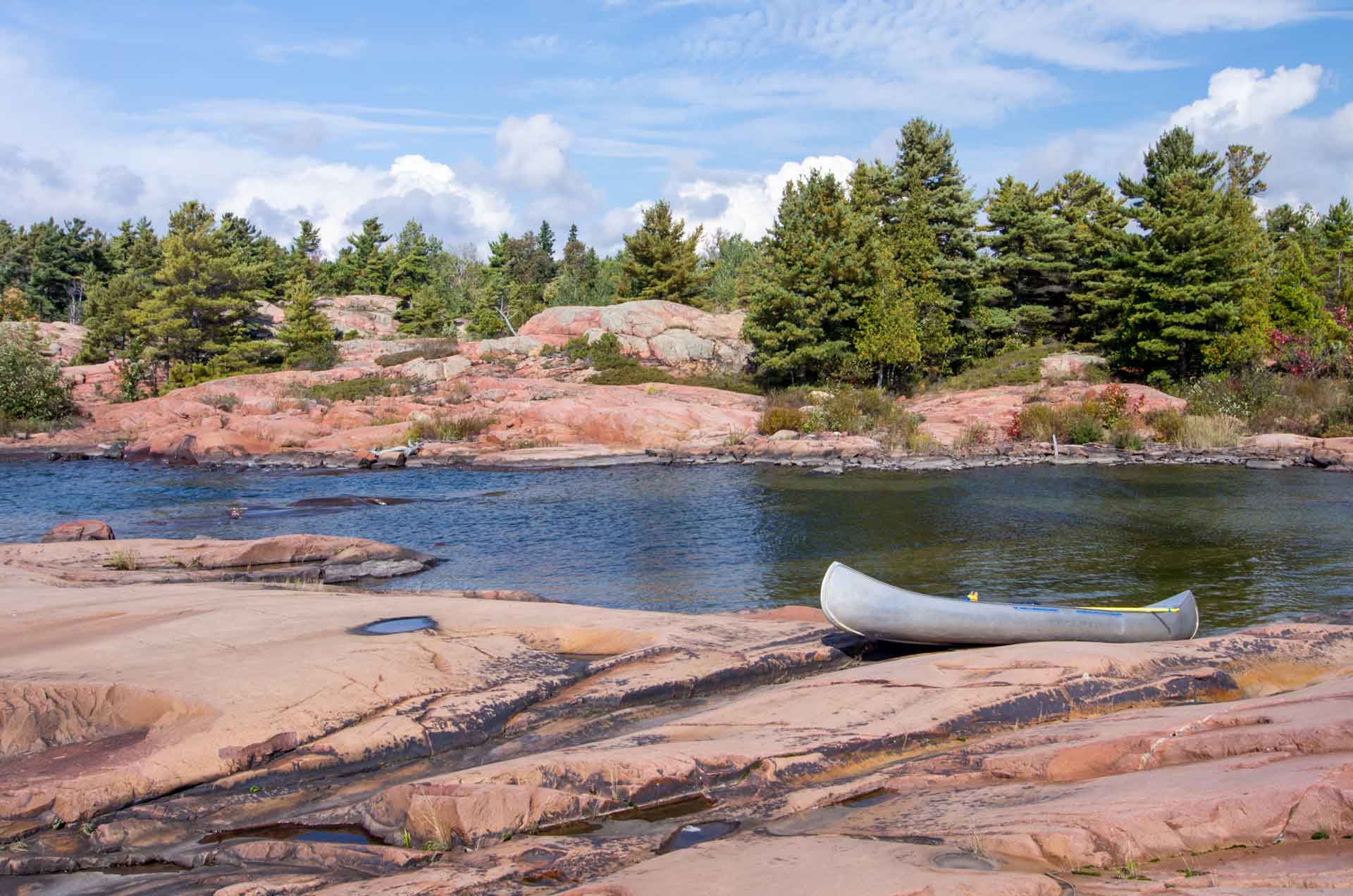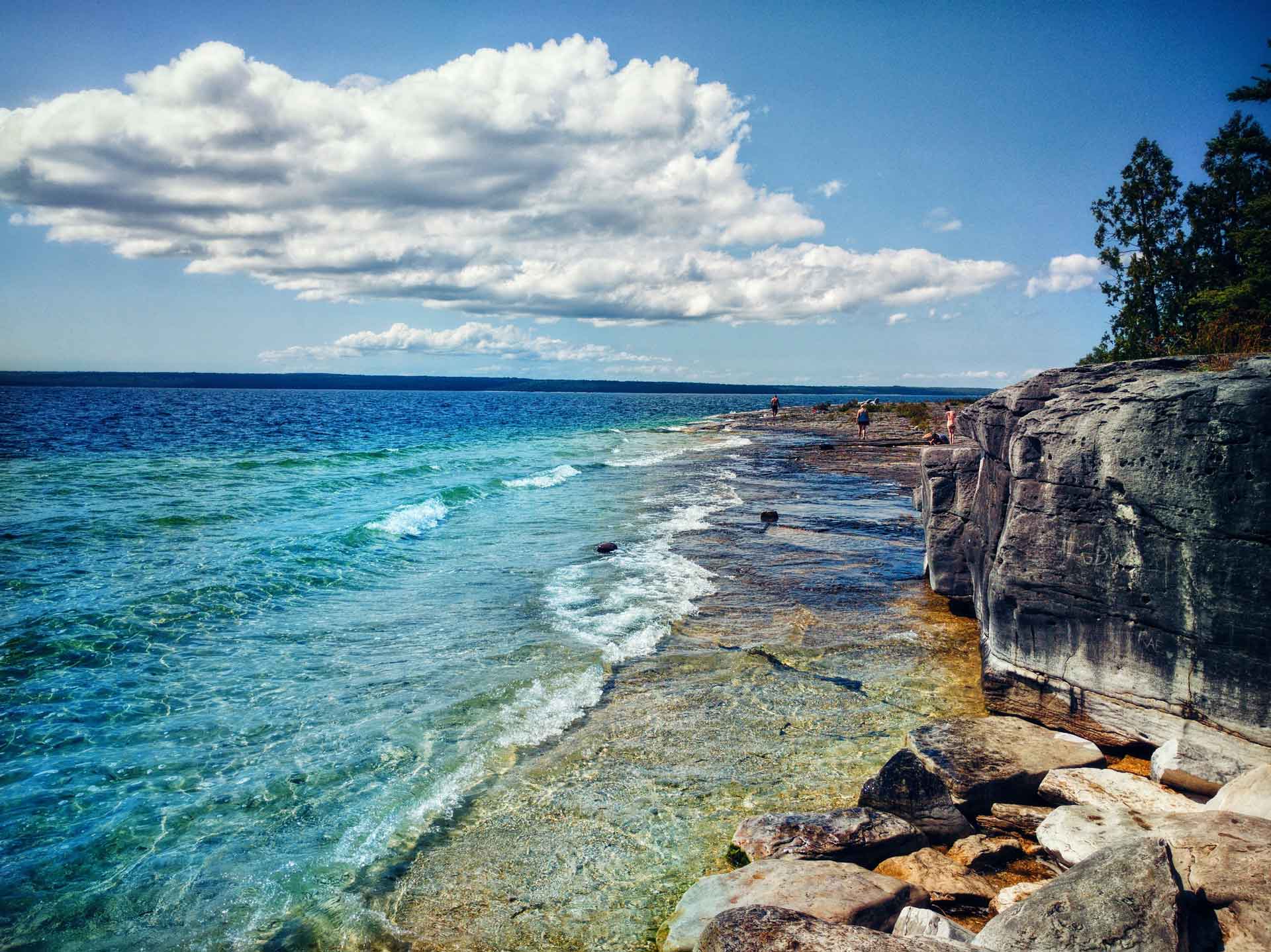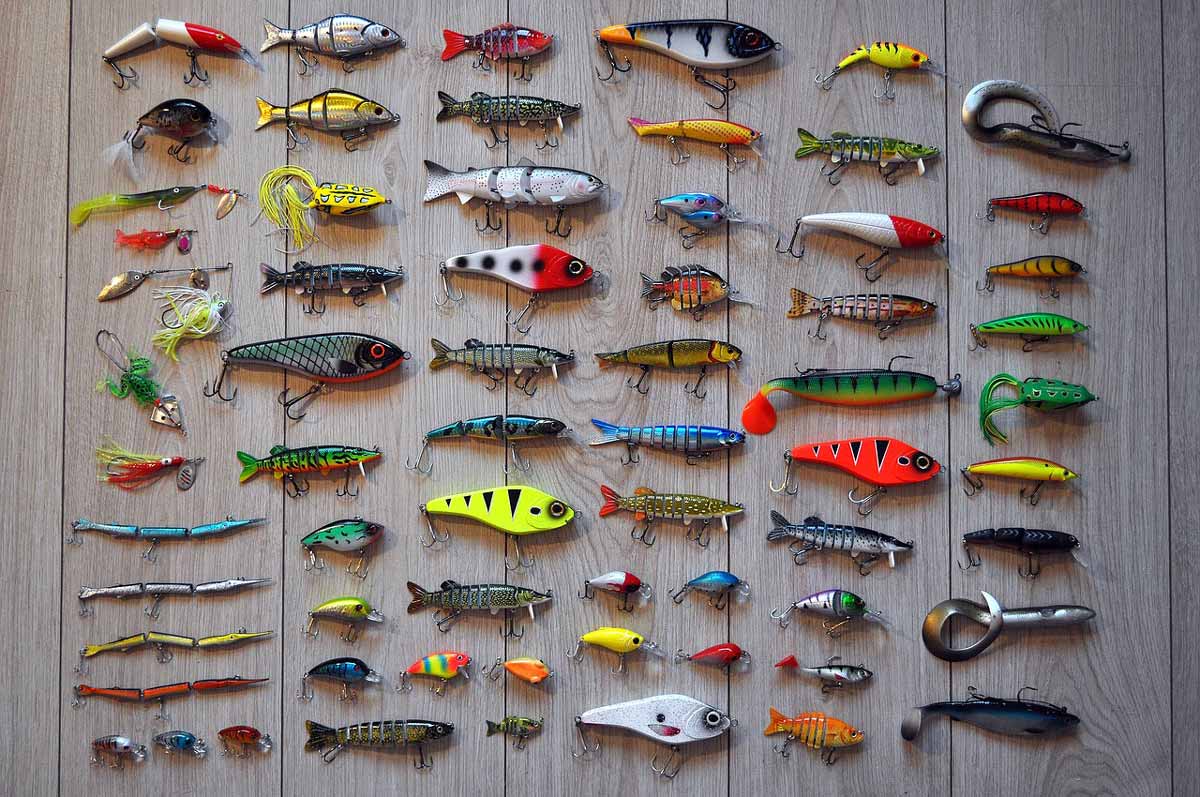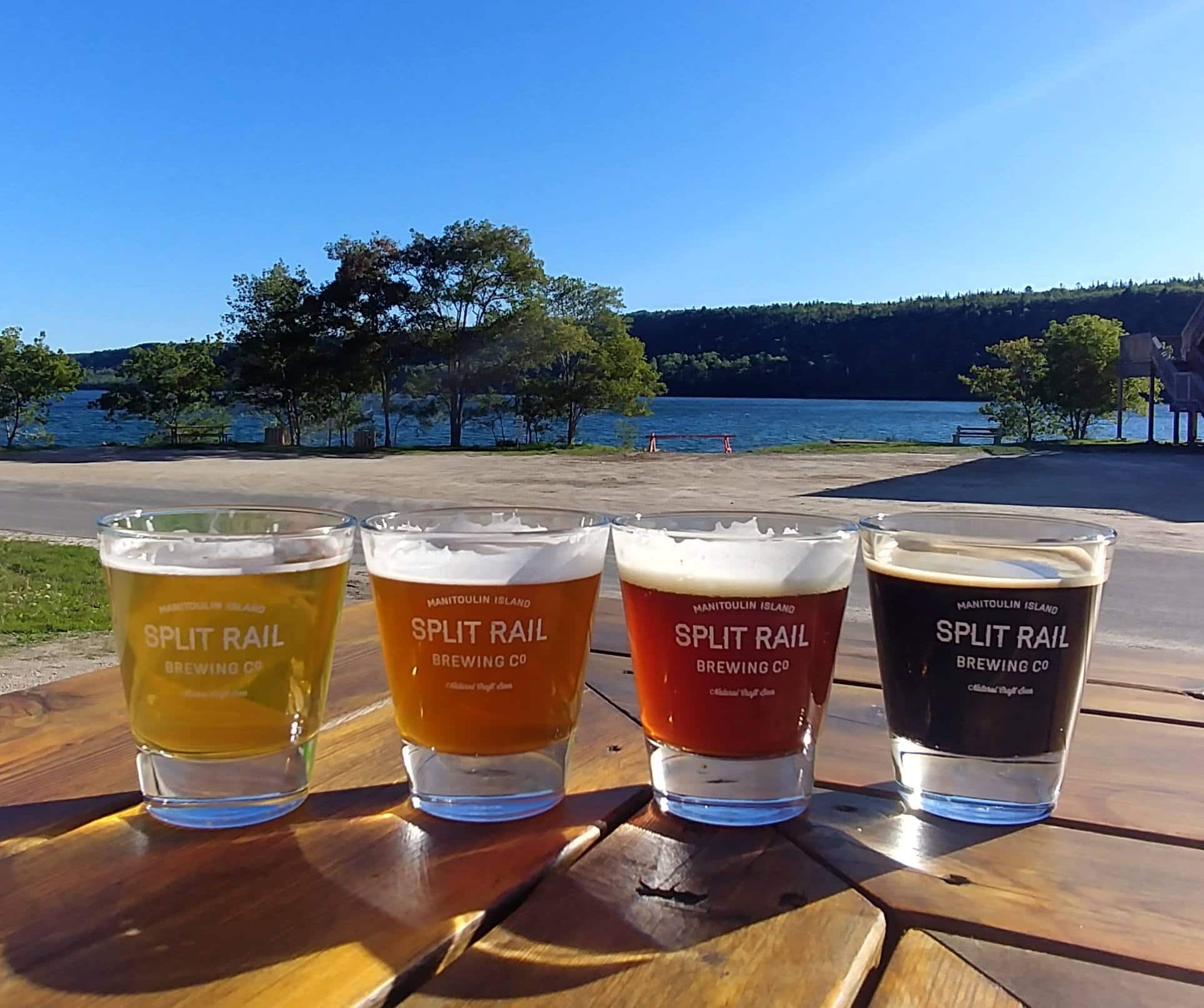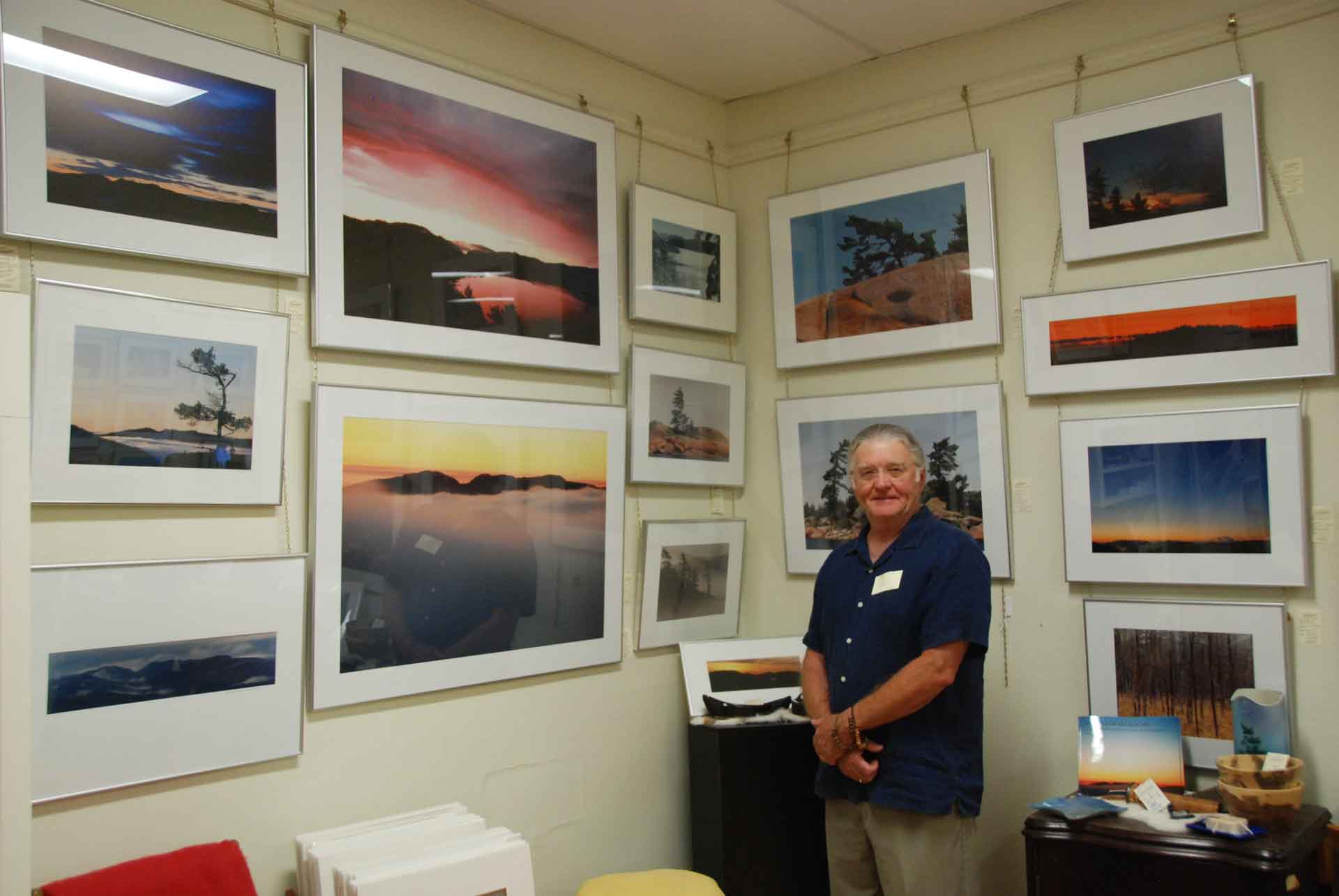by Warren Schlote
Nature has drawn many people to Manitoulin Island for generations. But this place’s abundance of pristine lakes, forests and rocky lookouts is no accident—groups like Escarpment Biosphere Conservancy (EBC) have spent decades of time and millions of dollars preserving the Island’s greatest natural treasures.
More than 25 years since it began in 1996, EBC now protects 4,905 acres of land on Manitoulin Island (7,400.3 acres if you include its land reserves in the LaCloche mountains, just minutes north of Manitoulin). That’s especially significant because the vast majority of Manitoulin’s land is privately owned.
EBC executive director Bob Barnett spends the better part of an hour with this reporter, leafing through his property records. His list of land purchases runs in chronological order from the mid-’90s to the present day.
Every property has a story, and as Mr. Barnett scans the list, expressions like “wow,” “exciting” and “oh my goodness” frequently escape his lips.
“This work is a never-ending source of joy to me. The people that have donated money or their land, you can tell they’re living their lives properly and they’re just a joy to work with,” says Mr. Barnett.
Although EBC is headquartered in Toronto, its connection to Manitoulin Island runs deep.
Manitoulin falls within the geography of the Niagara Escarpment, a landform that stretches from upstate New York and right across southern Ontario, before re-appearing on Manitoulin Island and Cockburn Island and arcing back southward. It ends as far southwest as Milwaukee.
But many see the escarpment as only stretching from Niagara Falls to the Bruce Peninsula, something Mr. Barnett and his colleagues have struggled with. In 1996, they were volunteering with the Bruce Trail Conservancy (which looks after the legendary 900-kilometre hiking trail that connects Tobermory to Niagara-on-the-Lake).
The trail group focused on the land along the Bruce Trail, but Mr. Barnett and his colleagues dreamed bigger, seeing the importance of the Niagara Escarpment ecosystem as a whole. Even Ontario’s official Niagara Escarpment Plan only covers the eastern edge of the Bruce Peninsula.
But why is the escarpment so special? Since 1990, it’s been designated as a UNESCO Biosphere Reserve, one of only 19 in Canada. Its special qualities include the longest stretch of mostly forested land in southern Ontario, the greatest diversity of geographic landforms in southern Ontario, the highest level of species diversity among all of Canada’s biospheres, and being an important habitat source for about 70 species at risk.
That biosphere designation also ends at Tobermory, but for Mr. Barnett and the founders of EBC, it was only natural, if not urgent, to include the Island in their conservation efforts.
“Right from the get-go, we knew Manitoulin Island was important,” he says. The group’s history of land acquisitions bears out that importance.
**
EBC’s first project on Manitoulin Island was the famed Cup and Saucer, a hiking trail that has become one of Manitoulin’s premier attractions. Mr. Barnett’s group bought 300 acres of it in 1999, then added 47 more acres in 2000. Those were the third and fourth nature reserves EBC had ever purchased.

In recent years, EBC has added improved signage to the trail and a massive parking lot off of Highway 540. Despite the massive new parking facilities, the Cup and Saucer is so popular that it occasionally overflows with hikers’ cars on the busiest days of the summer.
The popularity of the Cup and Saucer highlights EBC’s philosophy toward conservation.
EBC lands often contain rare habitats or species at risk, both of which could be harmed with any human activity. But despite that, Mr. Barnett says it’s important to allow people to access protected areas.
“We put a big focus on trying to demonstrate how much value nature is adding to our lives,” he says. “Nature is providing quite a wide range of services to humans. We want to improve those nature services and share knowledge with people about how important nature services are.”
Those nature services can include things like wetlands absorbing floodwater or trees removing carbon dioxide from the air. A 2009 report for the Ontario Ministry of Natural Resources said ecosystem services have a value of about $84.4 billion per year in southern Ontario alone!
Prioritizing public access sets EBC apart from some conservation organizations. The Nature Conservancy of Canada (NCC) owns far more land on Manitoulin and Cockburn Islands than EBC, but Mr. Barnett says he doesn’t often hear of that group encouraging the public to use its lands.
“EBC is the major driving force to improving access and getting more nature conserved up there,” he says. “That’s not a criticism by any means; I appreciate that (NCC) wants to help keep nature natural but … we put a big focus on trying to demonstrate how much value nature is adding to our lives.”
The EBC website carries a listing of all its properties on Manitoulin Island, alongside photos and descriptions of the geography, flora and fauna that make each site special. Trying to imagine what a rare savannah landscape would look like in Northern Ontario is one thing; it’s another to venture to EBC’s Bidwell Bog and experience it in person.

“The provincial government has pretty much stalled when it comes to building provincial parks,” he says. “When it comes down to it, there’s only two groups that are working actively to create nature reserves on Manitoulin: us and the Nature Conservancy of Canada.”
There are challenges to this mission. Land costs are ever-increasing, making it harder for small organizations like EBC to afford purchasing their most sought-after lands. This pressure persists, even though the Canadian government has launched programs to encourage land preservation.
Of course, no conservation work would be possible without local champions. One of the best-known conservationists on Manitoulin Island is Dr. Roy Jeffery, a physician who has offered major help toward purchasing, maintaining and enhancing EBC’s properties, particularly its trail systems.
Dr. Jeffery’s name comes up several times as Mr. Barnett lists the 73 properties on Manitoulin that EBC either owns or stewards. Dr. Jeffery offered to match donations on EBC’s massive fundraising effort toward buying Heaven’s Gate, a 2,140-acre property in the LaCloche Mountains north of Manitoulin.
“He’s been so instrumental in a lot of our work on the Island,” Mr. Barnett says. “Dr. Jeffery and his family are very generous. Heaven’s Gate wouldn’t have been possible without them.”
One of EBC’s reserves near Manitowaning is on land donated by Dr. Jeffery and his wife Kathy, with that reserve appropriately carrying the Jeffery name. It’s near Fossil Hill and McLean’s Park on New England Road.
Mr. Barnett, as always, says he’s gazing toward the future. In early 2023, he says he has three properties that EBC is actively working on acquiring. “There might be a fourth,” he says, and a few moments later, “maybe a fifth.”
In his usual fashion, he declines to go on-record with the details of these latest projects, keeping up the suspense as a “wait-and-see” for now.
He says he wants to increase EBC’s holdings along Highway 6, making it easier for ferry-bound traffic to pause and experience nature as they cross the Island.

There’s also a worldwide push on, thanks to a FedNor grant, to promote Manitoulin Island internationally as an excellent tourist destination. Dr. Jeffery, EBC board member Ted Cowan and project manager Sean O’Hare are getting advertisements in European and Scandinavian countries to boost interest in the Island’s trails.
All that extra interest means Manitoulin’s trails and nature reserves will be in tip-top shape this year, ready for even more seasonal visitors.
Every EBC property offers something a little different, and it will take you several Manitoulin Island trips to experience them all. That leaves just one question.
Which one will you visit first?

